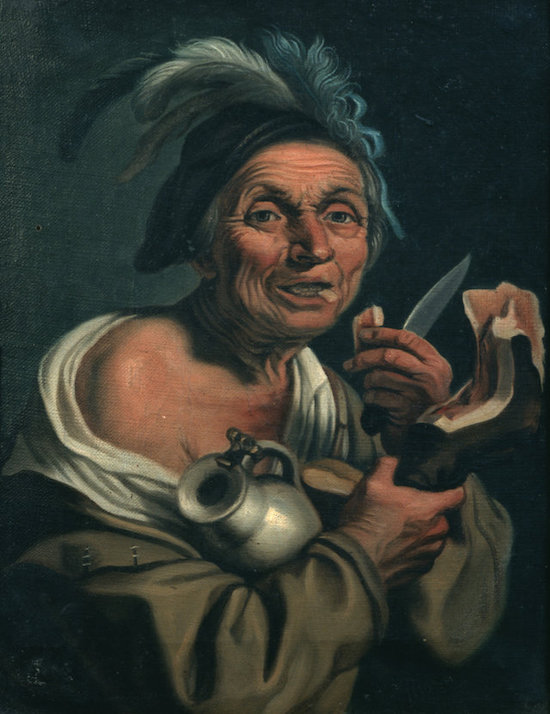The civic museum of Baranello (Campobasso) is a hidden and little-known jewel. It is unique in Molise and among the few examples in Italy of nineteenth-century collecting still intact today.
A few kilometers from Campobasso, in the historic center of Baranello, stands the civic museum entitled to Giuseppe Barone, architect and illustrious patron of the arts. It is a hidden and little-known jewel. More than a museum, it would be more appropriate to talk about a collection: it is unique in Molise and among the few examples in Italy of nineteenth-century collecting still intact today.
On October 10, 1897, the architect Giuseppe Barone donated his extraordinary collection to the municipality of Baranello, in order to contribute to the public well-being and bring the younger generations closer to the feeling of beauty.
A real ‘cabinet of wonders’ filled with the most disparate and heterogeneous objects that Giuseppe Barone was acquiring on the antique market. More than 2000 finds concentrated in only two rooms.
A taste for the beauty, the exotic and the unusual, which leads him to acquire objects from distant cultures, such as Egyptian finds or Japanese majolica, but also: paintings of the seventeenth and eighteenth century (in the figure), prehistoric and protohistoric finds, Roman ceramics, oil lamps, bronze jewelry, liturgical vestments, Neapolitan nativity figurines, majolica and porcelains of various origins and many other objects.
What is most striking is not only the extraordinary quality of the objects preserved and displayed, but the context itself.
Brunella Muttillo
Figure: ‘Ham eater’, copy by engraving by Cornelius Bloemaert (1625), 18th century, oil on canvas. Civic Museum ‘Giuseppe Barone’, Baranello, Campobasso (from ArcheoMolise 12, 2012).

